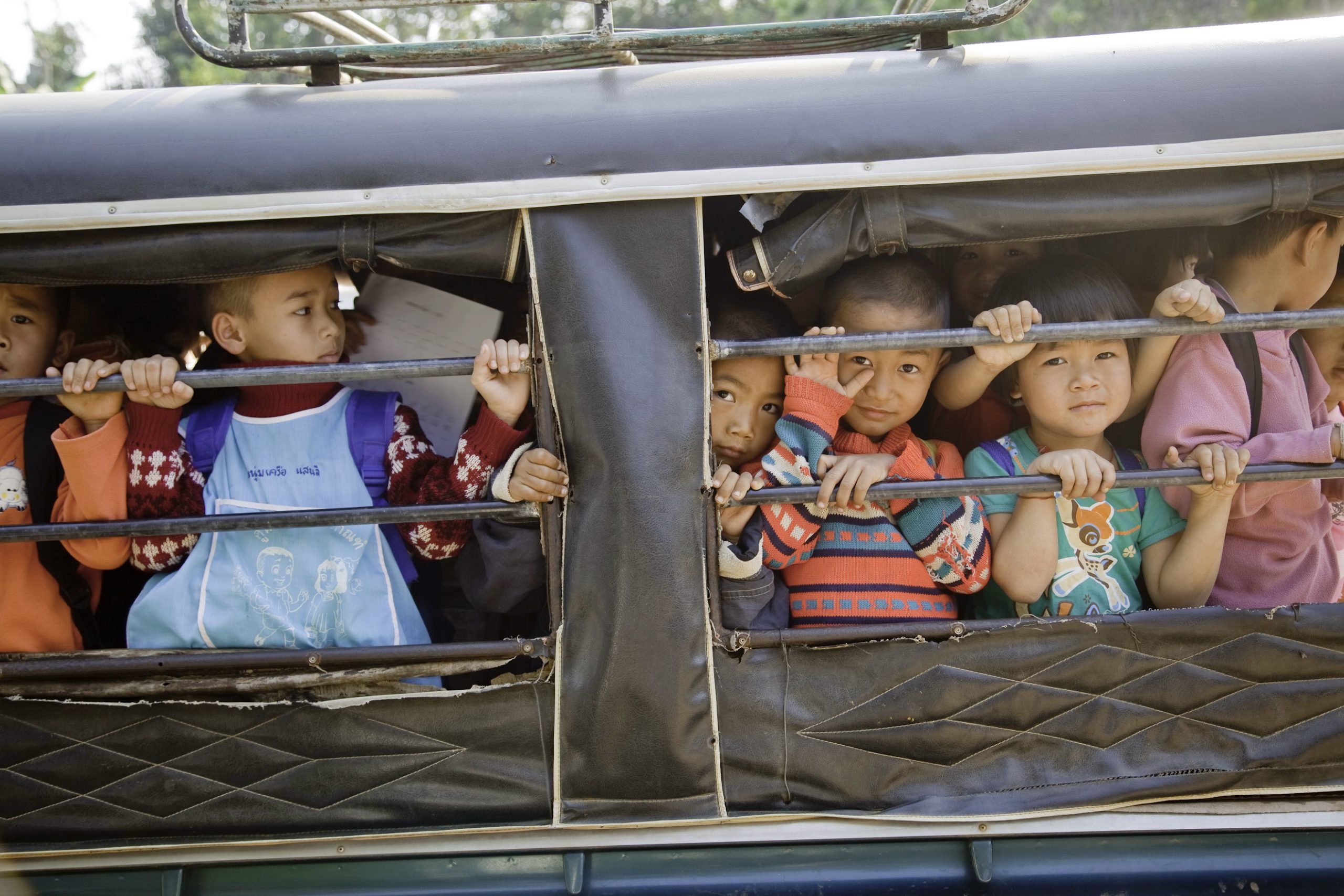Thailand: Bangkok’s refugees show themselves through their photos
03 February 2012|Molly Mullen

Bangkok, 3 February 2012 Four white walls became the canvas Saturday for seven asylum seekers to tell their stories. And once those walls were filled with nearly 50 photos, viewers began to get an understanding of their daily lives in Bangkok.
With the opening of “See What I See: photos by and about urban refugees” these photographers, from six different countries, were able to express what it’s like living in this foreign city as asylum seekers and refugees.
“I am so happy to share my work and to be a part of this. I have never been to a photo exhibit before, much less been the one whose photos are on display,” said Nidal, a Pakistani asylum seeker.
Nidal, along with the other photographers, took their cameras with them around the city for two months. Nidal photographed his volunteer work at the Bangkok Refugee Centre, a free dental clinic in the park, and a funeral of an asylum seeker. Through his lens he was able to capture what many of Bangkok’s 2,000 urban refugees see every day.
At the opening, held at Toot Yung gallery in Bangkok, Fr Bernard Hyacinth Arpusthamy, SJ, spoke about the JRS commitment to urban refugees and asylum seekers.
“’See what I see’ is about the lives of asylum seekers/refugees told through their lens or photos and in their own words,” Arpusthamy, JRS Asia Pacific’s regional director, said. “If we want to know what kind of world we need to construct, we need to listen to their unheard voices, get to know them and their families personally, listen to their dreams and desires, know what breaks a human heart and what brings joy, to hear the longing to return home or be welcomed in a strange land.”
JRS began this project in April. After a dozen small cameras were donated, JRS staff began training people in basic photography. After working with the cameras for two months, the photographers chose the photos they wanted displayed at the gallery and the words to present with them.
The world represented in Bangkok
The photographers came from China, Cambodia, Iran, Pakistan, the Democratic Republic of the Congo, Pakistan and Sri Lanka. They ranged in age from 14- 45 and their photos are as different as their countries of origin.
The two teenage Sri Lankan sisters used their photos to show how they are forced into hiding as refugees in Bangkok. After living here for five years waiting for resettlement to a third country they feel unsafe whenever they leave the house. After their three-month tourist visas expired these sisters, along with every other refugee or asylum seeker in Thailand, is subject to arrest for living in the country without a valid visa. They could be detained indefinitely while committing no crime.
“We just want people to see that is so hard to live here and we just want to have freedom some day,” said the younger sister, 14.
Molly Mullen, assistant regional communications officer, JRS Asia Pacific


